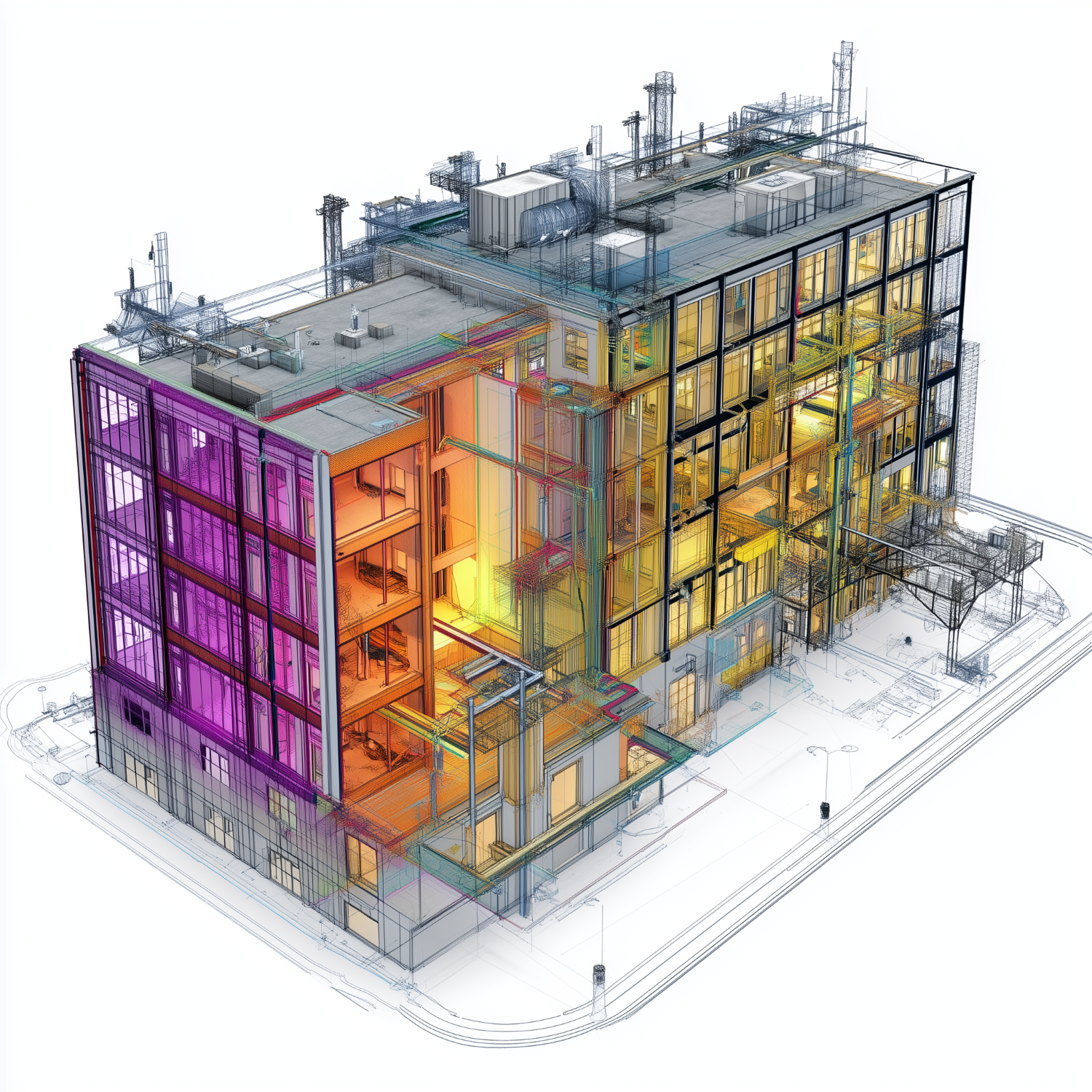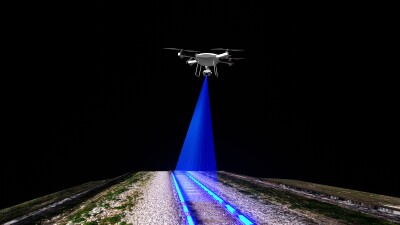In 2021, Ala Hamdan from Reality IMT published an article entitled Fundamentals of Reality Capture- A Systematic Approach to As-Built Documentation, covering the fundamentals of reality capture and the methods and tools used to generate as-builts for engineering purposes.
Hamdan’s article was published during the global pandemic, which had a significant impact on how reality capture was used, and finally a wider market adoption: “The global pandemic highlighted the immediate value of reality capture technology for remote work and safety. Today, it is quickly moving from a niche solution to an essential part of modern engineering, construction, and asset management, thanks to better technology, and seamless integration with tools like BIM.”
New important reality capture tools
His article starts with an overview of different reality capture tools, including handheld, stationary, and mobile scanners, as well as airborne lidar and photogrammetry. When asked what new tools he’d include today, he specifically mentions smartphone lidar and backpack scanners as relevant for reality capture. “The most versatile option of these is the backpack scanner, because of its range up to 300 meters and an approximate 3D point accuracy between 1-5cm, making them a good choice for applications such as detailed urban corridor mapping where vehicle access is restricted, and rapid as-built surveys for large, intricate buildings”, he adds.
AI has changed reality capture workflows significantly. Hamdan explains how far workflows have been automated, and what’s to be expected in the future: “Automation has advanced particularly in key processing stages of reality capture for as-built documentation. Field data acquisition now benefits from programmed scanning paths and scanner self-leveling, while data registration is highly automated through target-based, cloud-to-cloud, and SLAM algorithms that efficiently align vast datasets. Additionally, noise reduction, data cleaning, and the conversion of point clouds into textured meshes for visualization are largely automated. The same goes for basic feature extraction, such as ground classification and the detection of simple geometric shapes like pipes, rail tracks, or columns.”
Looking ahead, he thinks the potential for further automation using AI and machine learning is immense, extending beyond current capabilities into more intelligent and semantic understanding. Future advancements are expected in intelligent segmentation to automatically recognize and label all objects within a point cloud, fully automated extraction and modeling of complex architectural and MEP elements for as-built BIM, and automated quality control that can detect discrepancies by comparing scans to design models.
“Furthermore, AI could enable intelligent data compression, autonomous reality capture by robots or drones, and predictive maintenance through automated change detection, though challenges remain in handling data variability, semantic ambiguity, and computational demands”, he concludes.
Looking at the reality capture market, Hamdan notices evolving applications rather than new use cases. The industry is headed towards data collection automation and progress monitoring, Environmental, Social, and Governance to reduce the carbon footprints of buildings. This can be done by documenting precise dimensions and material of existing buildings to perform energy audits and LEED compliance.”






